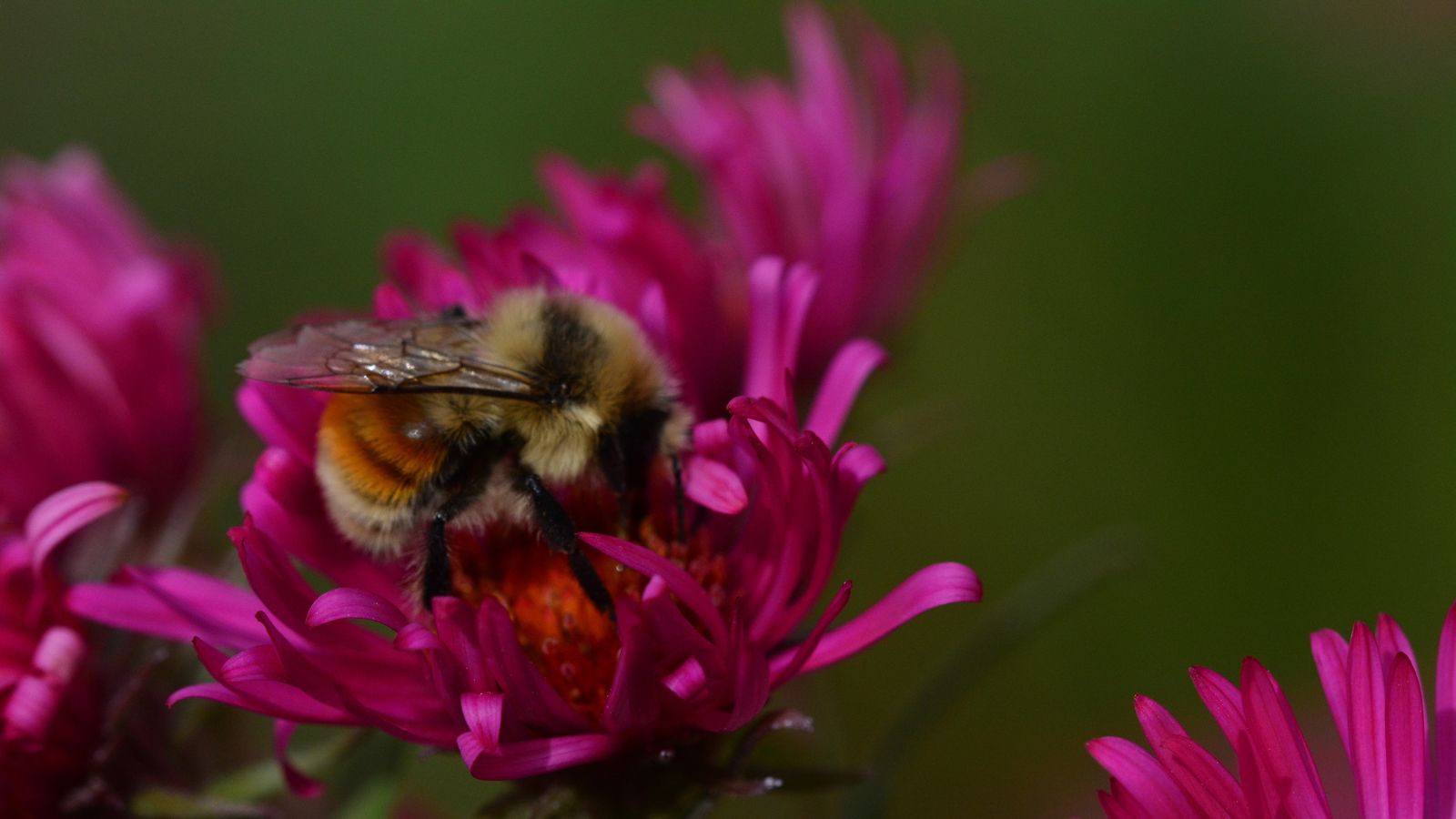As global temperatures warm, many plants flower earlier in the spring. And lots of animals are changing their migration or nesting schedules.
It’s impossible for professional scientists to be on the ground everywhere tracking all the changes.
So trained volunteers are helping monitor more than 1,000 species through a program called Nature’s Notebook.
Alyssa Rosemartin is with the USA National Phenology Network, which runs the program.
“Folks go out in their backyards or parks or neighborhoods and answer a series of yes/no questions: Do you see leaves, do you see flowers, do you see … individual warblers today?” she says.
For example, volunteers are tracking the bloom times of pollinator plants such as milkweed, buttonbush, and coneflower to help researchers study the risk of gaps in nectar supply for bees and butterflies.
So people’s observations are helping scientists better understand the effects of climate change.
And Rosemartin says the work can be personally fulfilling, helping people feel more attuned to nature and its changes.
“It just was transformative for them to see their backyard in a new way or notice things that they hadn’t noticed,” she says. “So I think there’s something really powerful in just the act of observing.”
Reporting credit: Sarah Kennedy/ChavoBart Digital Media
Source link


